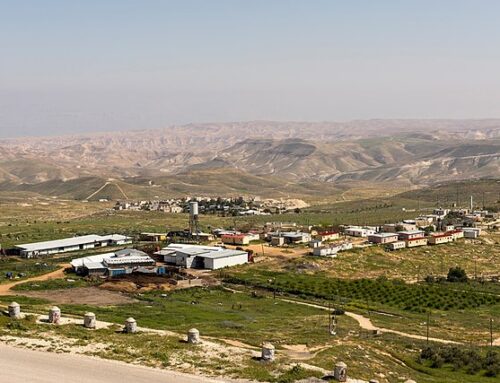Independent scholar Dr. Thomas G. Mitchell is sharing his assessment of the likely results of Knesset elections announced for March 17, 2015. He is either being realistic or too cynical, but only time will tell:
The following points can safely be made about the upcoming campaign and the resulting coalition:
- The resulting coalition will be at least as dysfunctional as the current one, if not more so.
- The election campaign will focus on economic issues rather than on the Palestinian issue.
- Netanyahu will almost certainly be the next prime minister.
- The next governing coalition will be one of the Right with possibly one or two centrist parties thrown in for an added majority.
- There will be a consolidation of parties in the Arab sector.
Electoral reform has raised the entry threshold for a party or list running for the Knesset from two percent of the national vote total to 3.25 percent. This will have a number of effects:
- It will eliminate Kadima, the ruling party from 2006 to 2009.
- It will force the four existing Arab parties (in three lists) to consolidate into no more than two.
- But it will still leave Israel with a fragmented multiple-party system.
The Israeli electorate consists of five separate tribes: the secular Left, the secular Right, the religious Zionists, the ultra-Orthodox, and the Arabs. The secular Right, the religious Zionists and the ultra-Orthodox are all natural coalition partners. They normally poll between 61 and 70 out of 120 seats among them leaving the secular Left and the Arabs with too few seats to form a majority.
For the last 40 years Labor was only able to win an election when it had a former general (Rabin, Barak) at its helm. Those generals are now largely gone, as the older military politicians who joined Labor before 2000 have retired, and generals since then have mostly gone to other parties.
Labor has been unwilling in the past to include Arab parties within their governing coalitions, leaving an important potential segment of the Center-Left coalition isolated and wasted. The attitude of Labor towards the Arab parties is similar to the attitude of the Democrats towards blacks and Hispanics before Obama—they were taken for granted.
Because the Palestinians have for so long been divided between Fatah/Palestinian Authority in the West Bank and Hamas in Gaza, and most Israelis don’t even trust Fatah after their experience with Arafat in the Oslo process, Israelis today are cynical and dismissive about the possibility of peace. This means that they vote on economic or social issues. Many secular voters on the Left now focus on issues related to the secular-religious divide over those related to peace.
Netanyahu is much more concerned with the longevity of his rule than with its quality. He intends to come as close as possible to exceeding David Ben-Gurion’s record tenure in office with another election or two. The secret to doing this is to not make waves, not to take risks, which means: no real peace plans, continuing to expand settlements, and being generous with the ultra-Orthodox parties that live off of government largesse. This formula has served him well in the past; don’t expect him to change it now.
Postscript: This morning’s post by The Forward’s J.J. Goldberg is similarly pessimistic, “No Hope, No Change,” reading more like a lament than an analysis. But Israel has a more than three-month election campaign ahead, with much that may still happen for the better.






Leave A Comment